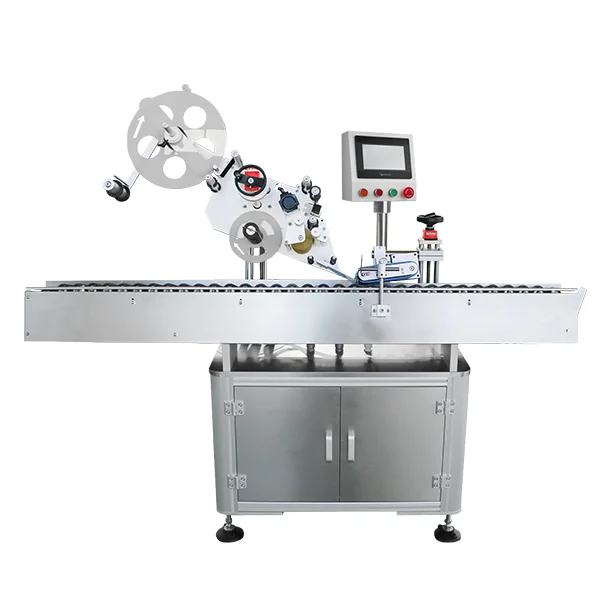In the ever-evolving landscape of entrepreneurship, the quest for high-profit margin businesses remains a focal point for investors and aspiring entrepreneurs alike. Understanding which industries yield the highest profit margins can significantly influence strategic decisions, resource allocation, and long-term sustainability. This article delves into various sectors known for their lucrative profit margins, providing insights into their operational dynamics, market trends, and potential for growth.
The Anatomy of Profit Margins
Before diving into specific industries, it is essential to understand what constitutes a high profit margin. Profit margin is a financial metric that reflects the percentage of revenue that exceeds the costs of goods sold (COGS). A high profit margin indicates that a business retains a significant portion of its revenue as profit, which is crucial for reinvestment, expansion, and shareholder returns. Generally, a profit margin above 20% is considered high, but this can vary significantly across industries.
Industries with High Profit Margins
- Technology and Software Development
- Overview: The technology sector, particularly software development, boasts some of the highest profit margins in the business world. Companies in this space often operate on a subscription-based model, allowing them to generate recurring revenue with minimal incremental costs.
- Key Players: SaaS (Software as a Service) companies like Salesforce and Adobe exemplify this model, achieving profit margins often exceeding 70%.
- Market Trends: The increasing reliance on digital solutions and cloud computing continues to drive growth in this sector, making it an attractive area for investment.
- Pharmaceuticals and Biotechnology
- Overview: The pharmaceutical industry is notorious for its high profit margins, often ranging from 20% to 40%. This is largely due to the substantial investment in research and development (R&D) and the resulting patent protections that allow companies to monopolize their products for a period.
- Key Players: Major pharmaceutical companies like Pfizer and Johnson & Johnson have consistently reported high margins, particularly for patented drugs.
- Market Trends: The ongoing demand for innovative treatments and the aging global population are expected to sustain profitability in this sector.
- Financial Services
- Overview: Financial services, including investment banking, asset management, and insurance, typically enjoy profit margins between 20% and 30%. The ability to leverage capital and manage risk effectively contributes to these high margins.
- Key Players: Firms like Goldman Sachs and Berkshire Hathaway exemplify the profitability potential in this industry.
- Market Trends: With the rise of fintech and digital banking, traditional financial institutions are adapting to maintain their margins while facing increased competition.
- Real Estate Investment Trusts (REITs)
- Overview: REITs are companies that own, operate, or finance income-producing real estate. They often provide high profit margins, typically around 20% or more, due to their ability to generate rental income and benefit from property appreciation.
- Key Players: Prominent REITs like Simon Property Group and Public Storage have demonstrated robust profitability through strategic property management and diversification.
- Market Trends: The ongoing demand for residential and commercial properties, coupled with low-interest rates, supports the profitability of REITs.
- E-commerce and Online Retail
- Overview: The e-commerce sector has seen explosive growth, particularly post-pandemic, with profit margins ranging from 10% to 30%. The scalability of online platforms allows businesses to reach a global audience with relatively low overhead costs.
- Key Players: Companies like Amazon and Shopify have capitalized on this trend, leveraging technology to optimize supply chains and customer experiences.
- Market Trends: The shift towards online shopping is expected to continue, providing ample opportunities for new entrants and established players alike.
Factors Influencing Profit Margins
While the aforementioned industries are known for their high profit margins, several factors can influence profitability within these sectors:
- Operational Efficiency: Companies that streamline operations and reduce waste often see improved margins. Lean management practices and automation can significantly enhance profitability.
- Market Demand: High demand for products or services can lead to increased pricing power, allowing businesses to maintain or improve their profit margins.
- Regulatory Environment: Industries like pharmaceuticals and financial services are heavily regulated, which can impact profitability. Understanding the regulatory landscape is crucial for navigating these sectors successfully.
- Innovation: Continuous innovation can lead to the development of new products or services that command higher prices, thereby boosting profit margins.
Conclusion
Identifying high-profit margin businesses is a strategic endeavor that requires a comprehensive understanding of market dynamics, operational efficiencies, and industry trends. The sectors highlighted in this article—technology, pharmaceuticals, financial services, real estate, and e-commerce—offer promising opportunities for investors and entrepreneurs seeking to maximize profitability. By staying informed and adaptable, businesses can position themselves to thrive in these lucrative markets, ultimately contributing to long-term success and sustainability.



